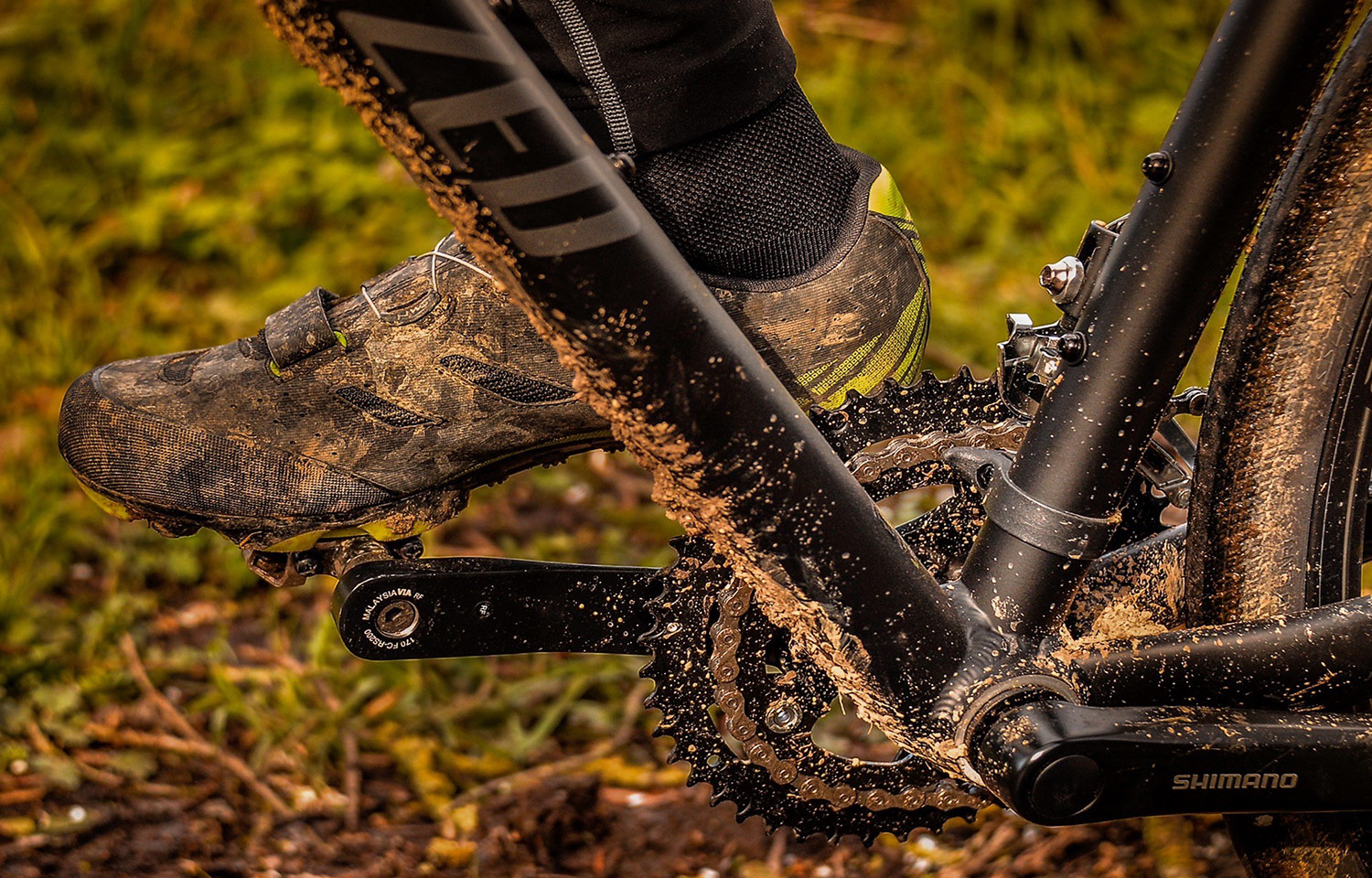The single chain wheel is emblematic of the Gravel, but with a double chain wheel we have more developments available. Which of the two is most suited to Gravel’s practice then?
With cassettes of 10.11 and even 12 cogs, we can say that a chain wheel is enough, but with two chain wheel we double the number of possible developments. Going from single to double is better, right? Yes and no. In fact, The single and double chain wheel are not intended for the same audience.
Understanding the differences
Transmission manufacturers have arranged for the largest development to be the same with a double or single chain wheel. It’s pretty easy. We usually have a start 11 on the cassette (or even 10), we put a 50 or a 46 teeth as a chain wheel and voilà! The other point is more problematic, since we want the same smaller development, whether we have one or two chain wheel! With a double, we have a 34 or a 30 which allows to have with a cassette 11-34 a small development slightly less than the wheel turn. On a single chain wheel, we switch to 11-50 tapes to do the same. The gap between each cog is going to be greater if you are in a single chain wheel rather than a double. Logic… 😉
Double chain wheel, the most reassuring
With cogs with smaller deviations, the pedal stroke is more “fluid”, there is less risk of a hit when changing cog. So it seems more comfortable. But two chain wheel and eleven speeds that doesn’t really make 22 developments. On the one hand, there are chain crossings to avoid to limit friction and on the other hand, developments that duplicate. So out of 22 theoretical developments, we actually have only 14 or 16 that are usable. It’s all about knowing where you find them! If you are used to road biking you juggle wonderfully with the changes of chain wheel. But when you move from one chain wheel to another, you also have to think about changing cogs quickly so that the transition is as smooth as possible. A way of doing things that is not necessarily obvious when you do Gravel and in off-road, you discover at the last second the nature of the obstacle … You are exposed to mistakes of braquets or even dropped chains …
The single chain wheel for expert’s users but also for beginners
It may seem paradoxical that this solution is suitable for both extremes. And yet it is simply explained. It’s simpler, faster and softer to handle. We go up or down the gears without having to think about whether or not to change the chain wheel. You don’t have to be too long or too short, or experience a dropped chain. That’s good, but 11 developments is still less good than 22! So we have big gaps between two cogs and it’s not easy to manage physically when you’re trained and used to the effort. This explains why “beginners” are more comfortable with this montage. We “raise” the speeds without “thinking” and we have shorter and therefore we are better to pass everywhere. So what about the experts ones? Well they sacrifice the smallest developments so as to have less gap between each cog. Athletes will pass by, they have the power and they gain speed by having more than one stage to drive.
So what to choose?
If you’re in control of chain wheel changes or have an electronic transmission, the double chain wheel is a good solution for gravel. The single chain wheel can be good for competitors but also for a player who want to ride quietly, but there we will necessarily play on the cassette or the chain wheel to stick to his needs.
For your part, rather mono or double chain wheel? Come and exchange on this subject (or more!). with the professionals at the Gravel Expo, the 1st Gravel exhibition. Can’t wait to see you!

